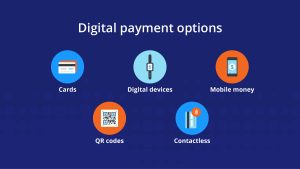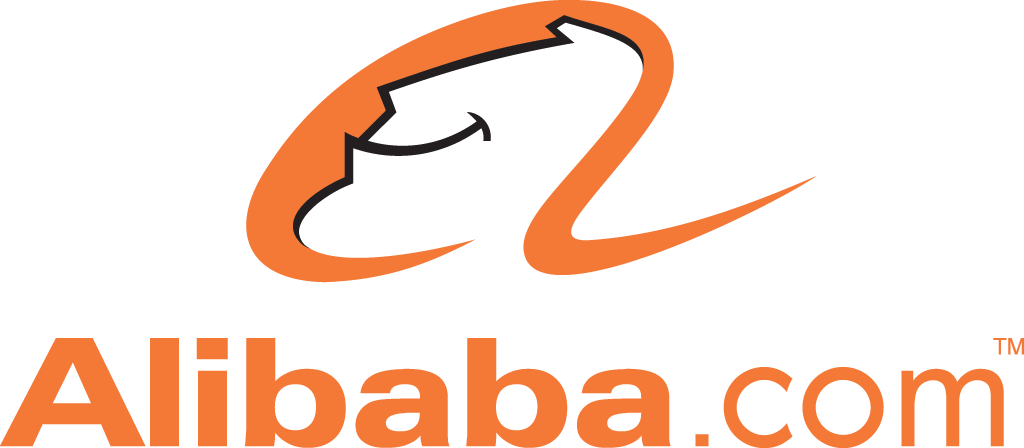Learn About NFC, HCE, RFID, and Contactless Digital Payments
Are you interested in digital payments and want to learn more about contactless payments, Near Field Communication (NFC), and Host Card Emulation (HCE)? This business-oriented course by Sumit Pareek, a renowned e-commerce and digital marketing mentor and investor at Indian Institute of E-Commerce, is the perfect place to start.
Digital payments refer to the use of electronic methods to transfer money or pay for goods and services, without the need for physical currency or checks. Digital payments have become increasingly popular in recent years, with the rise of e-commerce and mobile technologies.
There are several types of digital payments, including:
- Credit and debit cards: The most common form of digital payment, which involves using a credit or debit card to make purchases online or in-store.
- Mobile payments: Payments made using mobile devices, including mobile wallets like Apple Pay and Google Pay, as well as peer-to-peer payment apps like Venmo and PayPal.
- Online bank transfers: Payments made by transferring funds directly from one bank account to another.
- Cryptocurrency: Digital currencies like Bitcoin and Ethereum, which can be used to make payments without the need for a centralized payment processor.
Digital payments offer several benefits, including:
- Convenience: Digital payments can be made quickly and easily from anywhere with an internet connection, without the need for physical currency or checks.
- Security: Digital payments are often more secure than traditional payment methods, as they use encryption and other security measures to protect sensitive information.
- Cost savings: Digital payments can be more cost-effective than traditional payment methods, as they often involve lower transaction fees and less time spent on manual processing.
- Accessibility: Digital payments can be accessed by anyone with an internet connection, making it easier for people in remote or underserved areas to participate in the global economy.
Overall, digital payments are transforming the way we pay for goods and services, making transactions faster, more secure, and more convenient than ever before. As technology continues to evolve, we can expect digital payments to become even more ubiquitous and central to our daily lives.
Contactless Digital Payments
Contactless digital payments are a type of payment method that allows customers to pay for goods and services without the need for physical contact with a payment terminal or device. Instead, customers can make payments using their smartphones, smartwatches, or other contactless payment devices.
Contactless digital payments have become increasingly popular in recent years due to their convenience, speed, and security. They allow customers to make payments quickly and easily, without the need to carry cash or cards.
This is especially important in today’s world, where many people are looking for ways to minimize physical contact due to the COVID-19 pandemic.There are several different types of contactless digital payments available, including mobile payments, wearables payments, and contactless card payments. Each of these methods has its unique features and benefits.
Mobile Payments
Mobile payments are a type of contactless digital payment that allows customers to make payments using their smartphones. This method requires customers to download a mobile payment app, which they can then use to store their credit or debit card information. When they make a purchase, they simply hold their phone up to a contactless payment terminal to complete the transaction.
One of the most popular mobile payment apps is Apple Pay, which is available on iPhones and Apple Watches. Other popular mobile payment apps include Google Pay, Samsung Pay, and PayPal.
Wearable Payments
Wearable payments are another type of contactless digital payment that allows customers to make payments using smartwatches or other wearable devices. This method works similarly to mobile payments, with customers linking their payment information to their wearable device and then using it to make payments at a contactless payment terminal.
One popular wearable payment device is the Apple Watch, which allows users to make payments using Apple Pay. Other popular wearable payment devices include Fitbit Pay and Garmin Pay.
Contactless Card Payments
Contactless card payments are a type of payment method that uses a contactless payment card, such as a credit or debit card, to make payments. These cards have an embedded chip that communicates with a payment terminal when held up close. The payment is then processed without the need for a signature or PIN.
One of the benefits of contactless card payments is that they are widely accepted, as most payment terminals are now equipped with contactless payment technology. This makes it easy for customers to make payments without having to worry about whether the merchant accepts their payment method.
Benefits of Contactless Digital Payments
There are several benefits to using contactless digital payments, including:
- Convenience: Contactless digital payments are fast and easy to use, making them a convenient option for customers.
- Security: Contactless digital payments are more secure than traditional payment methods because they use encryption and tokenization to protect the user’s payment information.
- Speed: Contactless digital payments are much faster than traditional payment methods because they do not require a signature or PIN.
- Hygiene: In today’s world, where people are more conscious of hygiene and avoiding contact, contactless digital payments offer a safe and clean payment option.
- Increased sales: Accepting contactless digital payments can increase sales for merchants by making it easier for customers to make purchases.
Contactless digital payments are becoming increasingly popular as people look for convenient, secure, and hygienic payment options. With the wide availability of mobile payment apps, wearable payment devices, and contactless payment cards, it’s easier than ever for customers to make payments without physical contact. As this technology continues to develop, we can expect to see even more innovations in the world of contactless digital payments.

What You’ll Learn
In this course, you’ll learn about NFC Near Field Communication in Digital Payment, HCE Host Card Emulation, embedded Secured Element, contactless digital payments, Radio Frequency Identification (RFID), payment processing, and the differences between NFC, HCE, and Bluetooth-based payments. You’ll also learn about Magnetic Secure Transmission (MST) and popular mobile payment systems such as Apple Pay, Google Pay, and Samsung Pay. Additionally, you’ll gain insights into Bluetooth Low Energy (BLE) based payments and PayPal‘s video on beacon-based payment.
Requirements
To take this course, you’ll need basic information about digital payments and banking. You’ll also need the patience to listen and reflect on the points discussed in the course.
Description
Contactless payments are becoming increasingly popular due to the penetration of smartphones, the speed of transactions, and the COVID-19 pandemic. In this course, you’ll learn why contactless payments are safer than traditional card payments and how you can implement this technology in your business.
You’ll gain a deep understanding of NFC technology and how it facilitates contactless peer-to-peer payments via mobile wallets like Apple Pay, Android Pay, and Samsung Pay, as well as contactless cards. You’ll also learn about the specialised card reader required to accept these payment types.
This course will help you simplify the most talked-about contactless digital payment methods in the FinTech and digital banking industry, such as NFC and HCE. You’ll learn about the differences between embedded Secure Element (eSE) and HCE, Bluetooth payment, MST Magnetic Secure Transmission, and the risk and mitigation associated with these technologies. You’ll also gain insights into FinTech, Mobile Payment Systems, Payment Processing, and backend processes.
Who This Course Is For
This course is designed for digital payment professionals, mobile payment enthusiasts, and professionals who want to learn about digital payments. If you’re looking to expand your knowledge in the e-commerce and digital marketing industry, this course is perfect for you. Enroll now and start learning from the best in the business.
Recurring Digital Payment, PayPal, ACH(NACHA/Direct Debit)
FinTech – Digital Payments (Card & POS) Tools and Strategies



